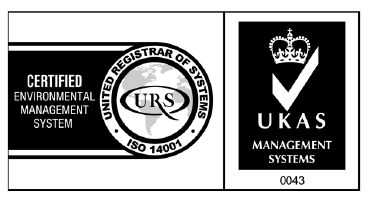Before I started working at Select Medical I think I had only once in my life had occasion to think about pressure sores, when someone I knew was suffering from one of these painful wounds. If asked at that time ‘How long does it take for a pressure ulcer to develop?’, my answer would have been a best guess, along the lines of ‘I’m not sure, but maybe a week or so’. This answer would have been based on my assumption that these chronic wounds must surely take a while to form…..mustn’t they?
Well, in short, no….I was way off the mark.
I was shocked to find out just how rapidly pressure sores can develop, in some cases as quickly as an hour depending on the external pressure being exerted¹. This pressure interrupts the flow of blood to tissue (ischemia to give it its proper name), causing tissue cells to breakdown or die (necrosis)². Whilst there are many other complex factors, such as body weight, general health and nutrition and susceptibility of a patient’s skin to name a few, the overriding cause of a pressure sore is from the degree to which pressure is exerted and for how long³. A large amount of pressure over a short period could have the same effect as lower pressure over a longer period⁴.
Another assumption that I made is that pressure sores would all manifest themselves as sore, red patches on the skin, or a grade 1 pressure sore as I have since learnt the term is, and that this could then be treated. I guess technically I may be correct, this is how pressure sores do start but it is the speed with which they can progress that is really astonishing. According to the NHS, a grade 3 or 4 pressure ulcer can develop within just 1 or 2 hours⁵. So it’s not just that pressure sores develop quickly, it’s that they can develop quickly AND be extremely advanced. So, how painful are pressure sores? For patient’s they can lead to excruciating pain, and in extreme cases can be life-threatening with complications such as blood poisoning and bone infection setting in⁶. Preventing pressure ulcers from occurring is obviously the way forward. Whilst this may not always be possible, arming yourself with the knowledge of who’s most at risk, and the steps you can take to reduce their chances of sustaining any tissue damage, is vitally important.
Further help
If you believe that yourself or someone you care for is at risk of developing a pressure ulcer it is important that you equip yourself with the knowledge and tools needed in order to reduce the risk. If you’d like to find out more, we have further information to help:
Bibliography
¹ OWM (2008), ‘How Much Time Does it Take to Get a Pressure Ulcer? Integrated Evidence from Human, Animal, and In Vitro Studies’ [Online]. Available at http://www.o-wm.com/content/how-much-time-does-it-take-get-a-pressure-ulcer-integrated-evidence-human-animal-and-in-vitr (Accessed 5th July 2016)
² Bliss, M., Simini, B. (1999), BMCI ‘When are the seeds of postoperative pressure sores sown? Often during surgery.’ BMJ. [Online]. Available at http://www.ncbi.nlm.nih.gov/pmc/articles/PMC1116702/ (Accessed 5th July 2016)
³ Sprigle, M., Sonenblum, S. (2011), US Department of Veterans Affairs, ‘Assessing evidence supporting redistribution of pressure for pressure ulcer prevention: A review’ [Online]. Available at http://www.rehab.research.va.gov/jour/11/483/sprigle.html (Accessed 5th July 2016).
⁴ NHS (2014), NHS Choices ‘Pressure Ulcers’ [Online]. Available at http://www.nhs.uk/Conditions/Pressure-ulcers/Pages/Introduction.aspx (Accessed 5th July 2016).
⁵ NHS (2014), NHS Choices ‘Pressure Ulcers – Causes’ [Online]. Available at http://www.nhs.uk/Conditions/Pressure-ulcers/Pages/Causes.aspx (Accessed 5th July 2016).
⁶ NHS (2014), NHS Choices ‘Pressure Ulcers – Complications’ [Online]. Available at http://www.nhs.uk/Conditions/Pressure-ulcers/Pages/Complications.aspx (Accessed 5th July 2016).
Vicky Alderton (Marketing Co-ordinator at Select Medical).








